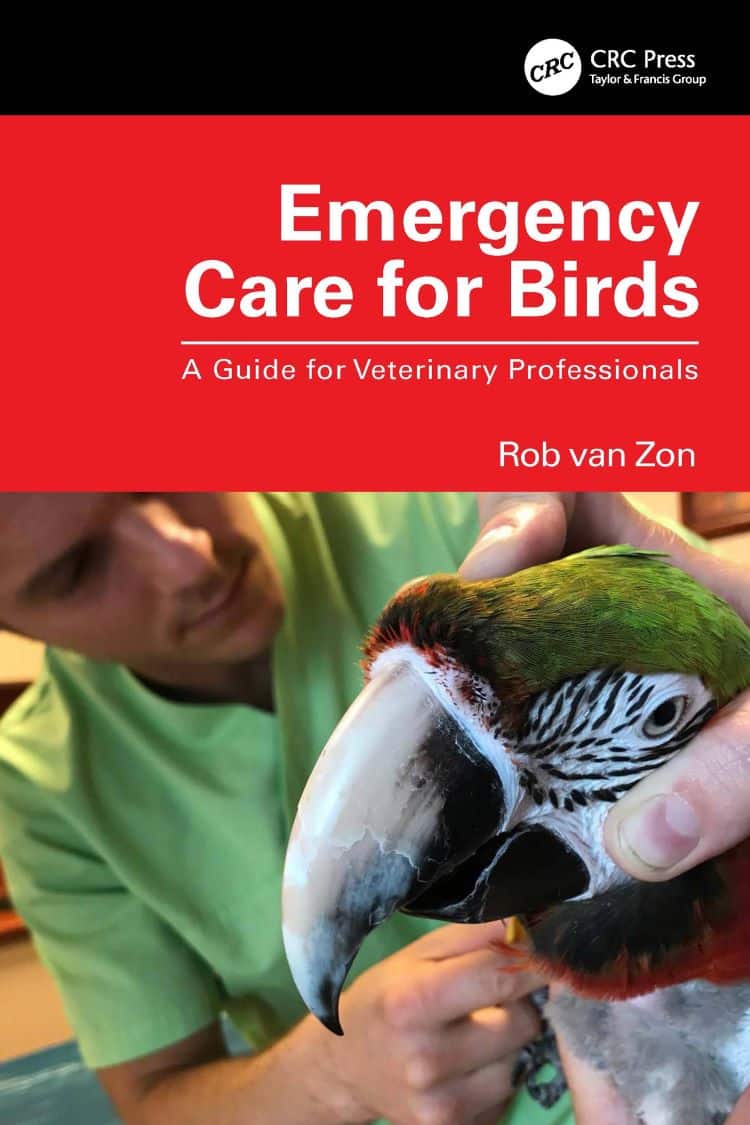 By Rob van Zon
By Rob van Zon
Emergency Care for Birds: A Guide for Veterinary Professionals . Due to their often small size and unique physical characteristics, birds can deteriorate rapidly in the event of illness and injury. Timely intervention in the event of clinical signs is therefore essential for an optimal prognosis. Authored by avian veterinarian Rob van Zon, this concise, practical guide will help veterinary professionals to provide first aid and emergency care for birds, as well as to instruct clients on providing basic first aid when they are unable to get to the clinic.
Emergency Care for Birds: A Guide for Veterinary Professionals includes instructions for veterinary professionals on stabilizing sick avian patients and management of many specific emergency situations at the veterinary clinic. This includes guidance for those presented with a moribund, critically ill patient i.e., recognizing and treating hypothermia, hypoxia, hypovolemia and hypoglycemia. The book also lists of alarming signs of disease and toxic plants, and includes clinical procedures, an emergency drug formulary, and bandaging techniques. Finally, Emergency Care for Birds: A Guide for Veterinary Professionals offers guidance to veterinarians giving advice to bird owners for first aid at home.
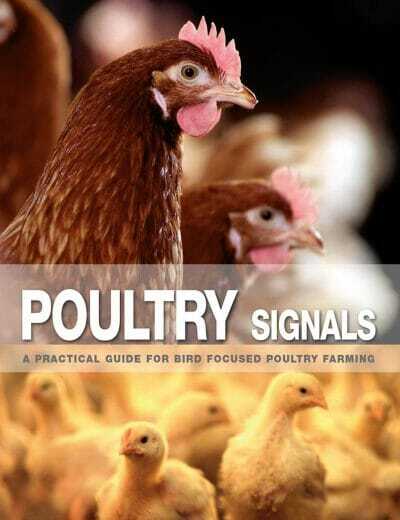
This Book is Available For Premium Members Only



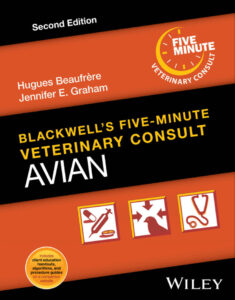
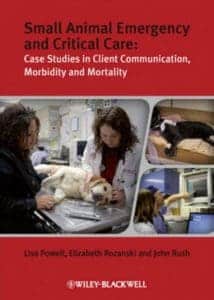
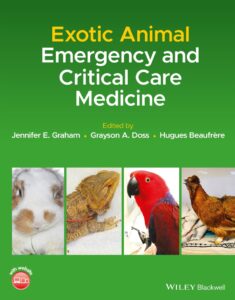







![Ettinger’s Textbook of Veterinary Internal Medicine 9th Edition [PDF+Videos] Ettinger’s Textbook of Veterinary Internal Medicine 9th Edition [True PDF+Videos]](https://www.vet-ebooks.com/wp-content/uploads/2024/10/ettingers-textbook-of-veterinary-internal-medicine-9th-edition-100x70.jpg)

![Textbook of Veterinary Diagnostic Radiology 8th Edition [PDF+Videos+Quizzes] Thrall’s Textbook of Veterinary Diagnostic Radiology, 8th edition PDF](https://www.vet-ebooks.com/wp-content/uploads/2019/09/textbook-of-veterinary-diagnostic-radiology-8th-edition-100x70.jpg)






